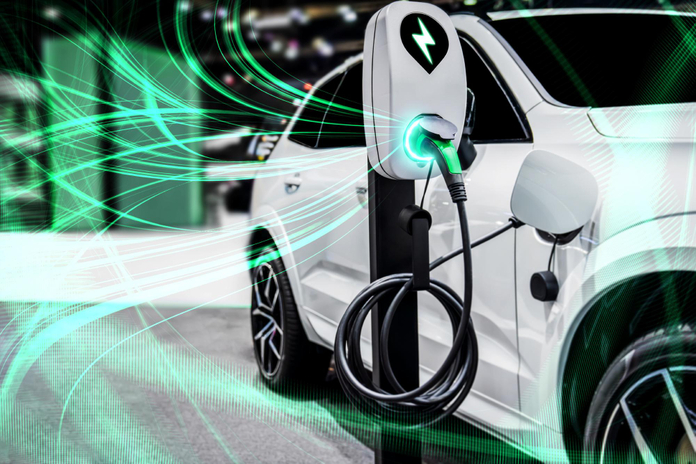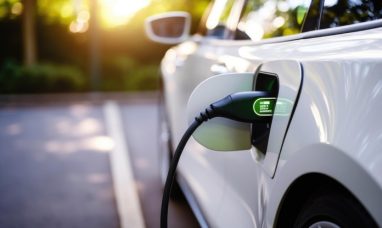Tesla (NASDAQ:TSLA) has excluded its target of delivering 20 million vehicles annually by 2030 from its latest impact report, published on Thursday. This omission signals a shift in the company’s focus towards robotaxis.
CEO Elon Musk had previously stated in 2020 that Tesla aimed to sell 20 million vehicles annually by the end of the decade, a goal reiterated in the 2021 and 2022 impact reports. However, the company has recently pivoted, discontinuing plans for a new $25,000 model and emphasizing autonomous driving technology as its primary growth driver. Tesla plans to host a launch event for its robotaxi on August 8.
During the annual “Viva Technology” conference in Paris, Musk described robotaxis and the company’s humanoid robot, Optimus, as “incredibly profound” for Tesla.
Tesla’s strategy change, first reported by Reuters in April, suggests the company will leverage existing product lines for new affordable vehicles, leading to smaller cost reductions and modest volume growth compared to previous expectations.
“A significant portion of Tesla’s 2030 goal relied on the promise of affordable cars at the $25,000 mark,” said Sandeep Rao, senior researcher at Leverage Shares, which holds Tesla shares. “Although Tesla now promises ‘more affordable’ models, this does not necessarily mean $25,000 cars will be produced.”
Tesla shares fell 1.7% in afternoon trading.
The slowing demand for electric vehicles and increased competition have impacted Tesla’s sales, which grew 38% in 2023, below the long-term growth target of 50%. Musk warned in January that delivery growth would be significantly lower this year.
In response to these challenges, Tesla has laid off over 10% of its workforce, including the Supercharger team. Despite these layoffs, the 2023 impact report noted that Tesla’s fast-charging network maintained an uptime of 99.97%, the highest in at least five years. However, some analysts have expressed concerns about the division’s performance following the staff reductions.
Additionally, Tesla’s report did not compare its workforce diversity with other companies, and it no longer mentions that a majority of its employees come from underrepresented groups.
Featured Image: Freepik









